

Articles
How To Store Washer And Dryer
Modified: August 28, 2024
Learn the best methods for storing your washer and dryer with these informative articles. Keep your appliances safe and ready for future use.
(Many of the links in this article redirect to a specific reviewed product. Your purchase of these products through affiliate links helps to generate commission for Storables.com, at no extra cost. Learn more)
Introduction
Storing a washer and dryer properly is essential to ensure their longevity and performance. Whether you are moving to a new home or simply need to store your appliances temporarily, taking the necessary steps to protect them will prevent damage and costly repairs in the future. In this article, we will guide you through the process of storing your washer and dryer effectively, ensuring they remain in optimal condition until you need them again.
Before proceeding, it’s important to note that the instructions provided here are general guidelines. Always check the manufacturer’s recommendations specific to your washer and dryer model, as they may have specific instructions or considerations.
Now, let’s dive into the steps you need to take to store your washer and dryer properly:
Key Takeaways:
- Properly storing your washer and dryer involves steps such as removing excess water, cleaning and labeling cords, securing the appliances for transport, and choosing an appropriate storage location. Regular maintenance and proper reinstallation are also crucial for ensuring optimal performance.
- By following the recommended steps for storing your washer and dryer, you can protect your appliances from damage, maintain their cleanliness, and ensure they are ready for use when needed. Always refer to the manufacturer’s instructions for specific guidelines to preserve the integrity of your appliances.
Read more: How To Clean A Washer And Dryer
Step 1: Remove any excess water
Before storing your washer and dryer, it’s crucial to remove any excess water that may be trapped inside. This ensures that there is no moisture left that could potentially cause damage or promote the growth of mold and mildew.
To remove excess water from the washer, start by running a spin cycle to drain any remaining water. Once the cycle is complete, check the drain hose and pump filter for any clogs or blockages. Clear them if necessary to ensure proper drainage.
For dryers with a steam function, make sure to empty the water reservoir and disconnect the water supply if applicable. This will prevent any leaks or water damage while in storage.
Allow both the washer and dryer to fully air dry before moving on to the next step. Leaving any moisture trapped inside can lead to unpleasant odors and potential damage to the internal components.
Once you have removed any excess water and ensured that the appliances are dry, you can proceed with the next step of the storage process.
Step 2: Clean and dry the washer and dryer
Before storing your washer and dryer, it’s important to clean them thoroughly to remove any dirt, lint, or residue. This will prevent any buildup that could affect their performance when you reinstall them.
Start by wiping down the exteriors of the appliances with a damp cloth and mild detergent. Pay special attention to areas that may accumulate dust or grime, such as the control panels, door handles, and lint traps. Ensure that all surfaces are dry before proceeding.
Next, clean the interiors of the washer and dryer. In the washer, remove any removable parts such as dispensers or agitators and clean them separately. Use a mild detergent and a soft brush to scrub away any dirt or soap residue. Rinse them thoroughly and allow them to dry completely before reattaching them.
For the dryer, start by cleaning the lint trap to remove any accumulated lint. This will ensure optimal airflow and prevent the risk of a fire hazard. Use a vacuum cleaner or lint brush to remove any lint from the vent and ductwork. Be thorough, as lint buildup can restrict airflow and reduce drying efficiency.
After cleaning, let both the washer and dryer air dry completely. This will help prevent the growth of mold and mildew during storage. Make sure there are no damp spots or moisture left inside before moving on to the next step.
By properly cleaning and drying your washer and dryer, you will ensure that they are in top condition when you need to reinstall them.
Step 3: Disconnect and label all cords
Before storing your washer and dryer, it’s crucial to properly disconnect and label all cords. This will not only make it easier to reassemble your appliances in the future but also minimize the risk of tangled cords and potential damage.
Start by unplugging both the washer and dryer from the power source. Carefully unwind any cords and hoses, ensuring that they are freed from any hooks or attachments. It’s important to handle the cords gently to prevent any fraying or damage.
Next, label each cord and hose to identify their corresponding appliance. Use a label maker or masking tape and a marker to clearly indicate which cord belongs to the washer and which belongs to the dryer. This will save you time and frustration when you need to reconnect them later.
Additionally, take this opportunity to inspect the cords and hoses for any signs of wear or damage. If you notice any frayed wires or leaks, it’s important to replace them before storing your appliances. Damaged cords can pose a safety hazard and affect the performance of your washer and dryer.
Once all cords and hoses are properly labeled and inspected, gather them together and secure them with twist ties or cord organizers. This will prevent any tangling or damage during storage.
By disconnecting and labeling all cords, you will simplify the process of setting up your washer and dryer when it’s time to use them again. It will also help protect the cords from unnecessary wear and tear.
Step 4: Secure the washer and dryer for transport
When storing your washer and dryer, it’s important to secure them properly to protect them from any potential damage during transportation or while in storage. Follow these steps to ensure that your appliances stay safe and secure:
- Secure the washer drum: If your washer has a drum lock feature, engage it to prevent the drum from moving. If not, you can use a bungee cord or rope to secure the drum. Carefully wrap the cord or rope around the washer drum and fasten it tightly to prevent any movement during transport.
- Secure the dryer drum: For dryers, ensure that the drum is empty and clear of any items. You can use a bungee cord or rope to secure the door of the dryer. Tie it tightly to keep the door closed and prevent any potential damage.
- Secure the doors: For both the washer and dryer, consider using appliance straps to secure the doors and prevent them from accidentally opening during transportation. This will also help protect the doors from potential damage.
- Protect delicate parts: If your washer or dryer has any delicate parts, such as glass doors or control panels, consider using bubble wrap or moving blankets to provide extra protection. Wrap these parts carefully and secure them with tape.
- Use moving blankets or furniture pads: To protect the finish of your appliances, wrap them with moving blankets or furniture pads. These will provide cushioning and help prevent any scratches or dents while in transit.
- Secure the appliances in the moving vehicle: Be sure to secure the washer and dryer inside the moving vehicle to prevent them from shifting or falling during transportation. Use straps or bungee cords to secure them to the vehicle’s walls or to other heavy items.
By taking these steps to secure your washer and dryer, you will minimize the risk of damage during transport and ensure that they arrive at their storage location in optimal condition.
When storing a washer and dryer, make sure to clean and dry them thoroughly before storing. Disconnect and drain hoses, and secure the doors to prevent damage. Store in a dry, climate-controlled area to prevent rust and mold.
Read more: How To Clean Washer And Dryer
Step 5: Choose an appropriate storage location
Choosing the right storage location for your washer and dryer is key to maintaining their condition and preventing any damage. Here are some factors to consider when selecting an appropriate storage spot:
- Avoid areas prone to temperature extremes: Extreme temperatures can affect the performance and lifespan of your appliances. Avoid storing them in areas that are excessively hot, cold, or humid, such as garages or outdoor sheds.
- Find a dry and well-ventilated area: Moisture can lead to mold, mildew, and rust, so it’s essential to choose a storage space that is dry and well-ventilated. If possible, select an area with good air circulation to prevent any buildup of moisture.
- Consider the size of the storage space: Ensure that the storage space is large enough to accommodate your washer and dryer comfortably. Avoid cramming them into a tight space, as this can potentially cause damage to the appliances and restrict airflow.
- Protect against pests: Take precautions to prevent pests from making a home in your stored appliances. Consider using pest control products or placing mothballs or repellents in the storage area to deter pests from causing damage.
- Keep away from flammable materials: Avoid storing your appliances near any flammable materials or chemicals that could pose a fire hazard. This includes items such as gasoline, paint thinners, or cleaning agents.
- Consider accessibility: If you anticipate needing to access your appliances frequently, choose a storage location that is easily accessible. This will save you time and effort when you need to retrieve or reassemble them.
By selecting an appropriate storage location for your washer and dryer, you can ensure that they remain in optimal condition until you need to use them again.
Step 6: Protect the washer and dryer from dust and debris
Keeping your washer and dryer protected from dust and debris is crucial to maintain their performance and prevent any potential damage. Follow these steps to protect your appliances during storage:
- Cover the appliances: Use plastic covers or large plastic bags specifically designed for appliances to cover your washer and dryer. This will provide a barrier against dust, dirt, and other particles that can accumulate over time.
- Seal any openings: Make sure to seal any openings on the appliances where dust can enter. This includes the detergent dispenser, lint trap, and any ventilation openings. Use tape or other sealing materials to prevent dust from infiltrating these areas.
- Regularly clean the storage area: To minimize the amount of dust in the storage area, regularly sweep or vacuum the space. Keeping the area clean will help prevent dust accumulation on your appliances.
- Avoid storing other items on top of the appliances: It’s important to keep the top surfaces of your washer and dryer clear to prevent any weight or pressure that could cause damage. Avoid stacking or storing items on top of the appliances.
- Check for dust and debris during maintenance: Periodically inspect your washer and dryer for any dust or debris that may have found its way inside. Clean it out promptly to ensure optimal performance when you reinstall the appliances.
By taking these steps to protect your washer and dryer from dust and debris, you will help maintain their cleanliness and performance during storage.
Step 7: Regularly check and maintain the stored appliances
Regularly checking and maintaining your stored washer and dryer is essential to ensure that they remain in good condition and are ready for use when needed. Here are some steps to follow for proper maintenance:
- Inspect for any signs of damage: Periodically check your appliances for any signs of damage, such as dents, cracks, or rust. Address any issues promptly to prevent further damage.
- Check the cords and hoses: Regularly inspect the cords and hoses for any signs of wear or damage. Replace any frayed wires or leaking hoses to prevent potential hazards.
- Test the appliances: Occasionally test your washer and dryer to ensure that they are functioning properly. Run a short cycle on each appliance to check for any unusual noises or performance issues.
- Prevent pest infestation: Keep an eye out for any signs of pests in the storage area. Set up traps or use repellents to deter pests from causing damage to your appliances.
- Keep the storage area clean: Regularly clean the storage area to prevent dust and debris from accumulating on your appliances. This will help maintain their cleanliness and prevent any potential performance issues.
By regularly checking and maintaining your stored washer and dryer, you can identify and address any issues early on, ensuring that they are in optimal condition when you need to use them again.
Step 8: Properly reinstall the washer and dryer when needed
When the time comes to reinstall your stored washer and dryer, it’s important to follow the proper steps to ensure a smooth and successful setup. Here’s what you need to do:
- Clean and inspect: Before reinstalling, thoroughly clean your washer and dryer to remove any dust or debris that may have accumulated during storage. Inspect them for any signs of damage or wear.
- Reconnect the cords and hoses: Retrieve the labeled cords and hoses and carefully reconnect them to their respective appliances. Ensure that they are securely attached and in good condition.
- Position the appliances: Carefully position the washer and dryer in their desired location. Take care not to scratch or damage any surfaces during the process.
- Level the appliances: Use a level tool to ensure that both the washer and dryer are level. Adjust the legs or use shims if necessary to achieve proper balance.
- Reattach any removable parts: If you had removed any removable parts during storage, such as dispensers or agitators, reattach them according to the manufacturer’s instructions.
- Test the appliances: Once everything is set up, run a short cycle on both the washer and dryer to ensure that they are working properly. Check for any leaks, unusual noises, or performance issues.
- Monitor for any issues: Keep an eye on your appliances in the days following the reinstallation. If you notice any problems or anomalies, address them promptly to prevent further damage.
By following these steps, you can ensure that your washer and dryer are properly reinstalled and ready to be used again.
Read more: How Wide Is A Washer And Dryer
Conclusion
Properly storing your washer and dryer is essential to maintain their performance and prolong their lifespan. By following the steps outlined in this guide, you can ensure that your appliances are protected and ready for use when needed. From removing excess water and cleaning the appliances, to disconnecting cords and securing them for transport, every step plays a crucial role in preserving the integrity of your washer and dryer.
Choosing an appropriate storage location, protecting the appliances from dust and debris, and regularly checking and maintaining them are also key factors in ensuring their optimal condition during storage. When it’s time to reinstall your washer and dryer, following the proper steps will make the process seamless and successful.
Remember to always refer to the manufacturer’s instructions for specific guidelines on storing and reassembling your appliances, as every model can have unique requirements.
By taking the time to store your washer and dryer correctly, you can avoid unnecessary damage, save money on repairs, and enjoy reliable performance for years to come. So, follow these steps, take care of your appliances, and have peace of mind knowing that they will be in great shape when you need them again.
Frequently Asked Questions about How To Store Washer And Dryer
Was this page helpful?
At Storables.com, we guarantee accurate and reliable information. Our content, validated by Expert Board Contributors, is crafted following stringent Editorial Policies. We're committed to providing you with well-researched, expert-backed insights for all your informational needs.
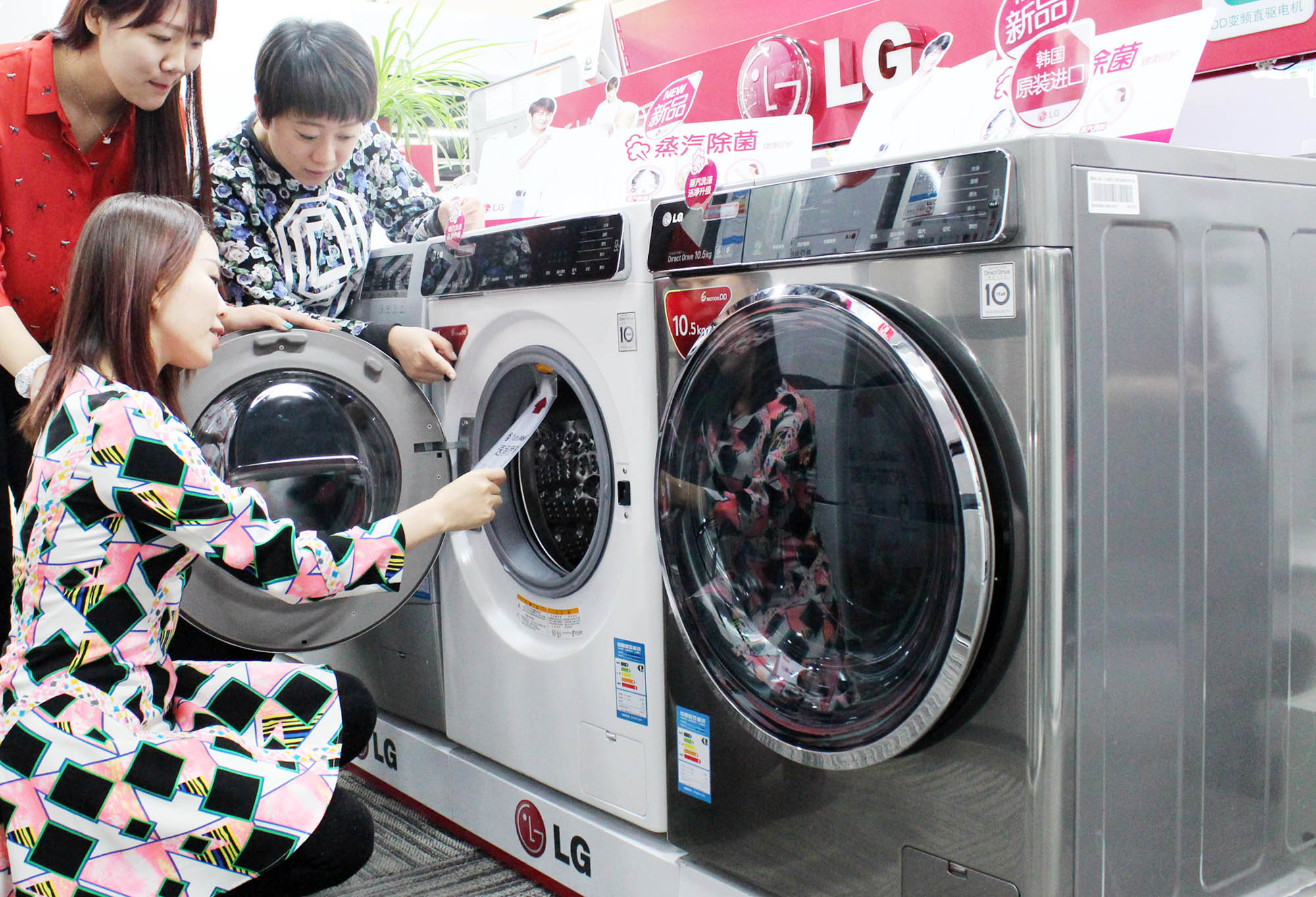
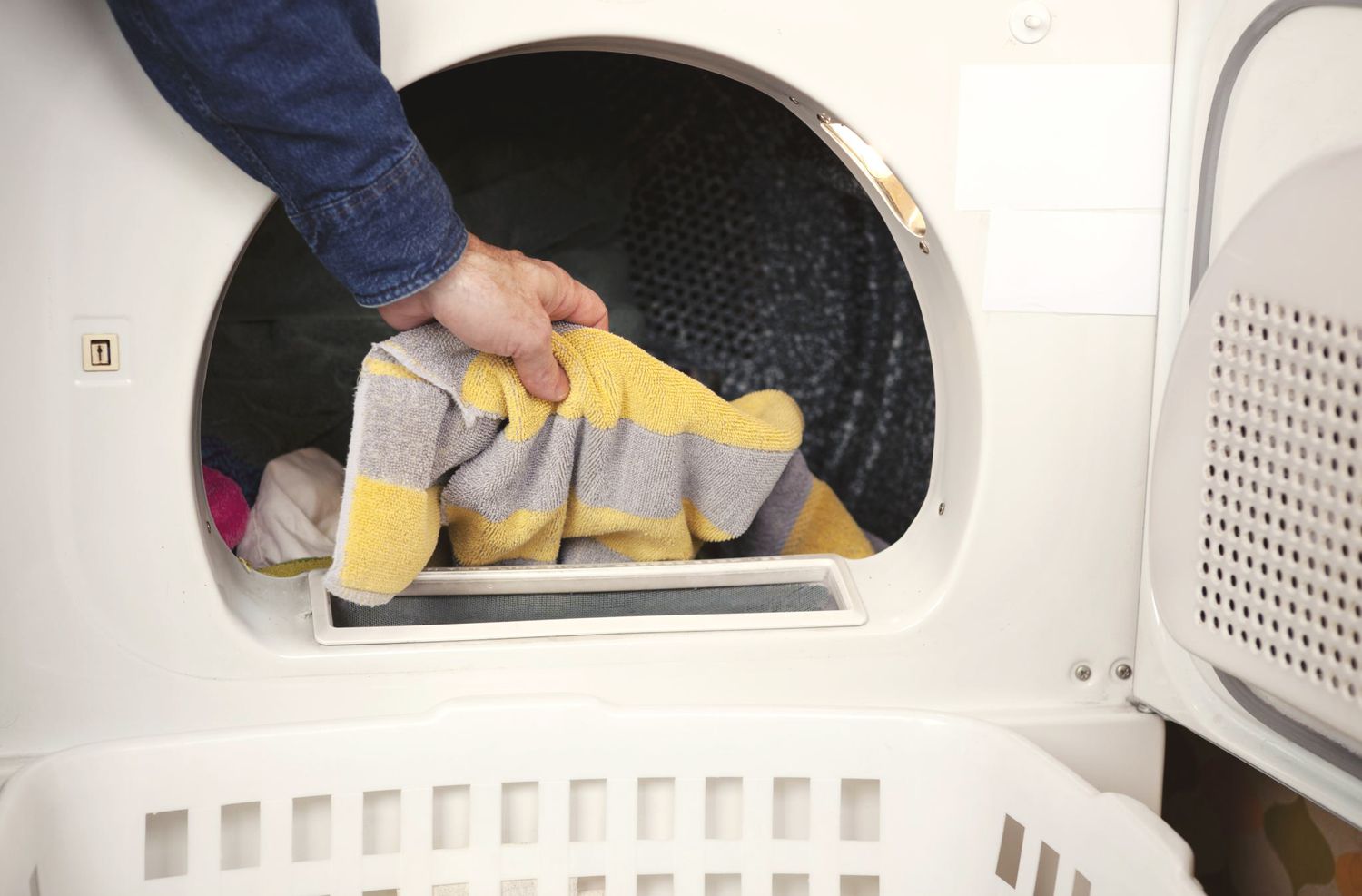
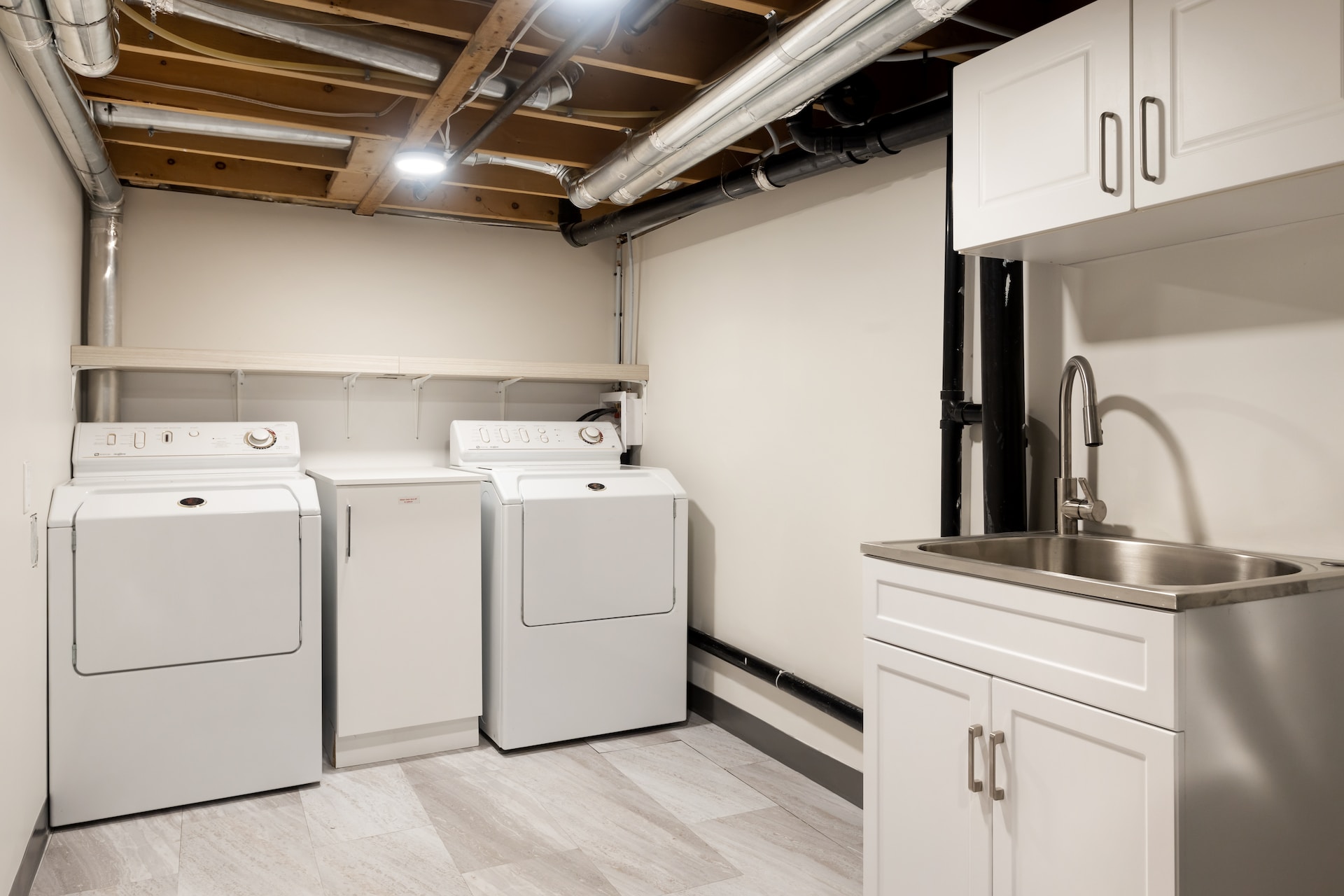
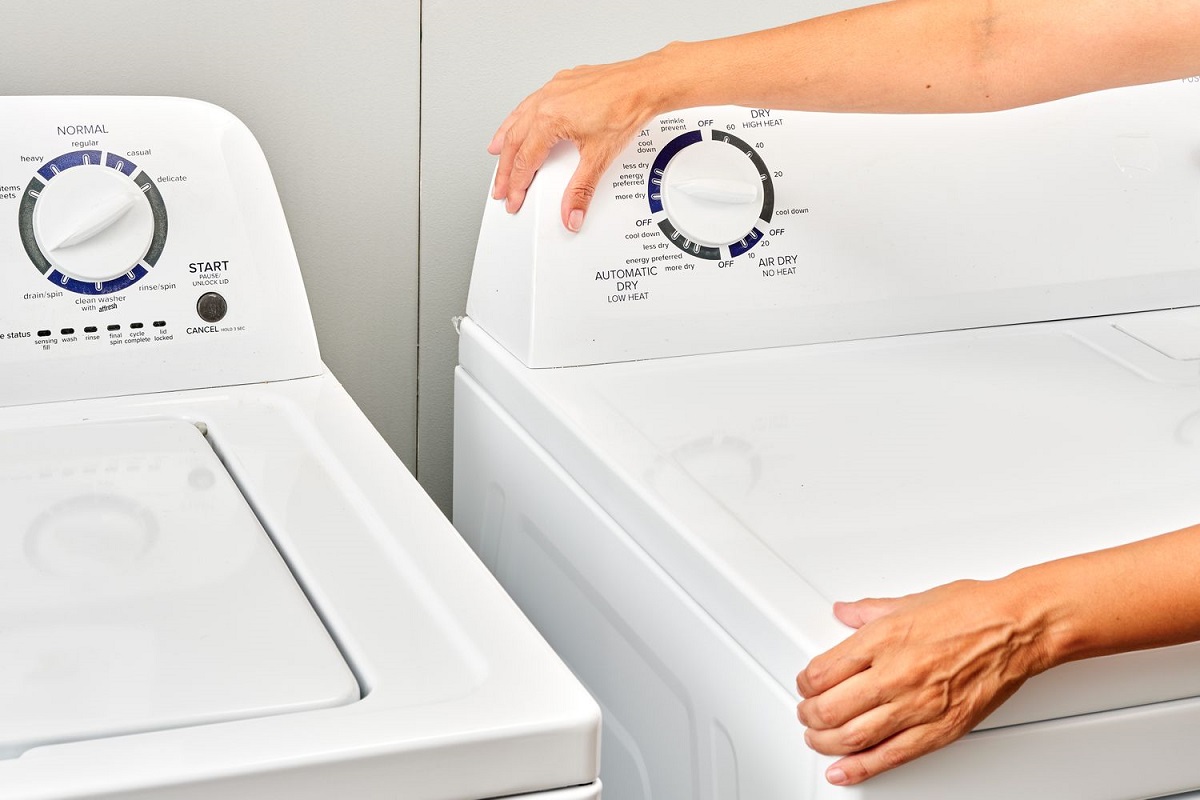
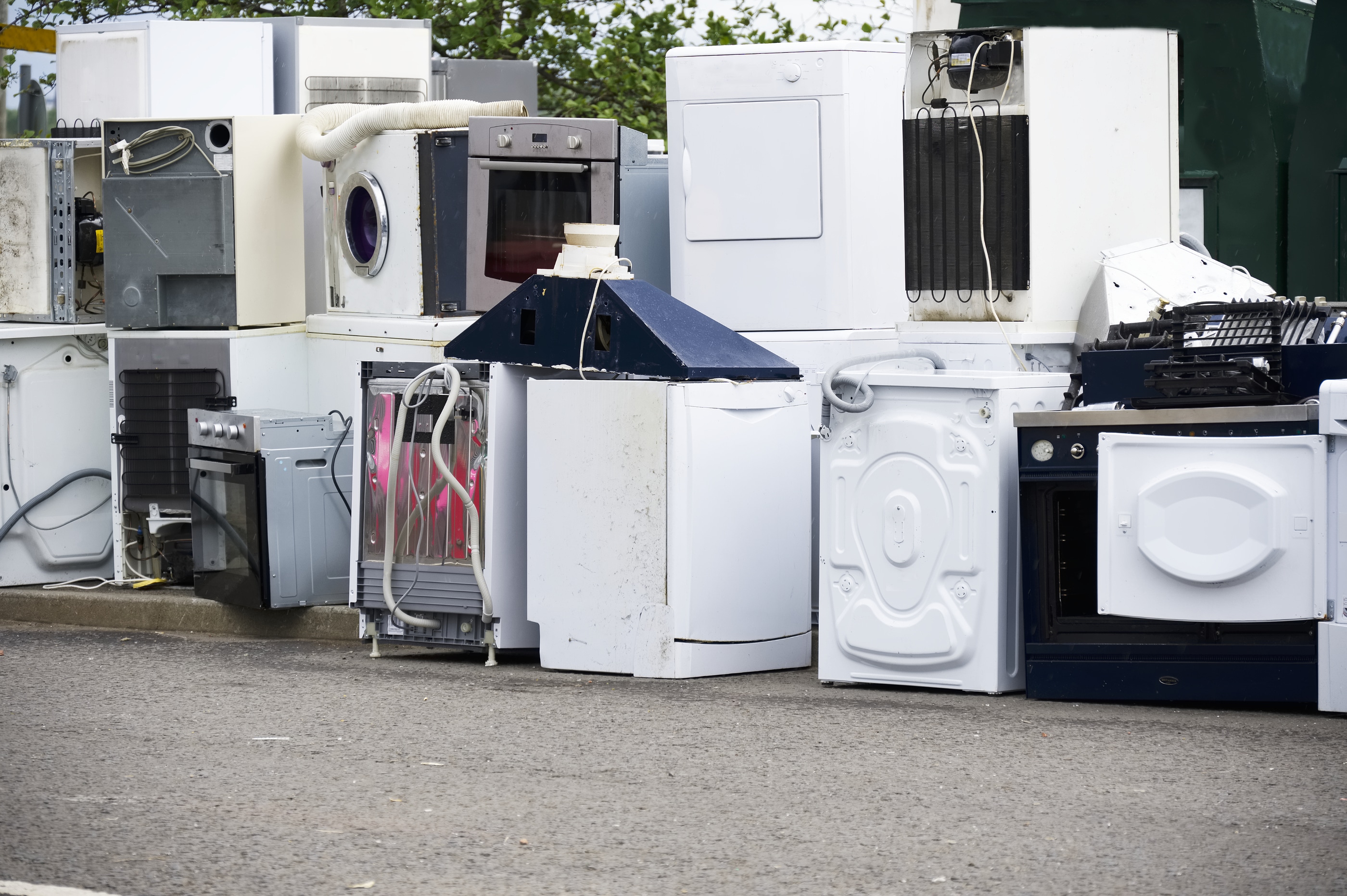

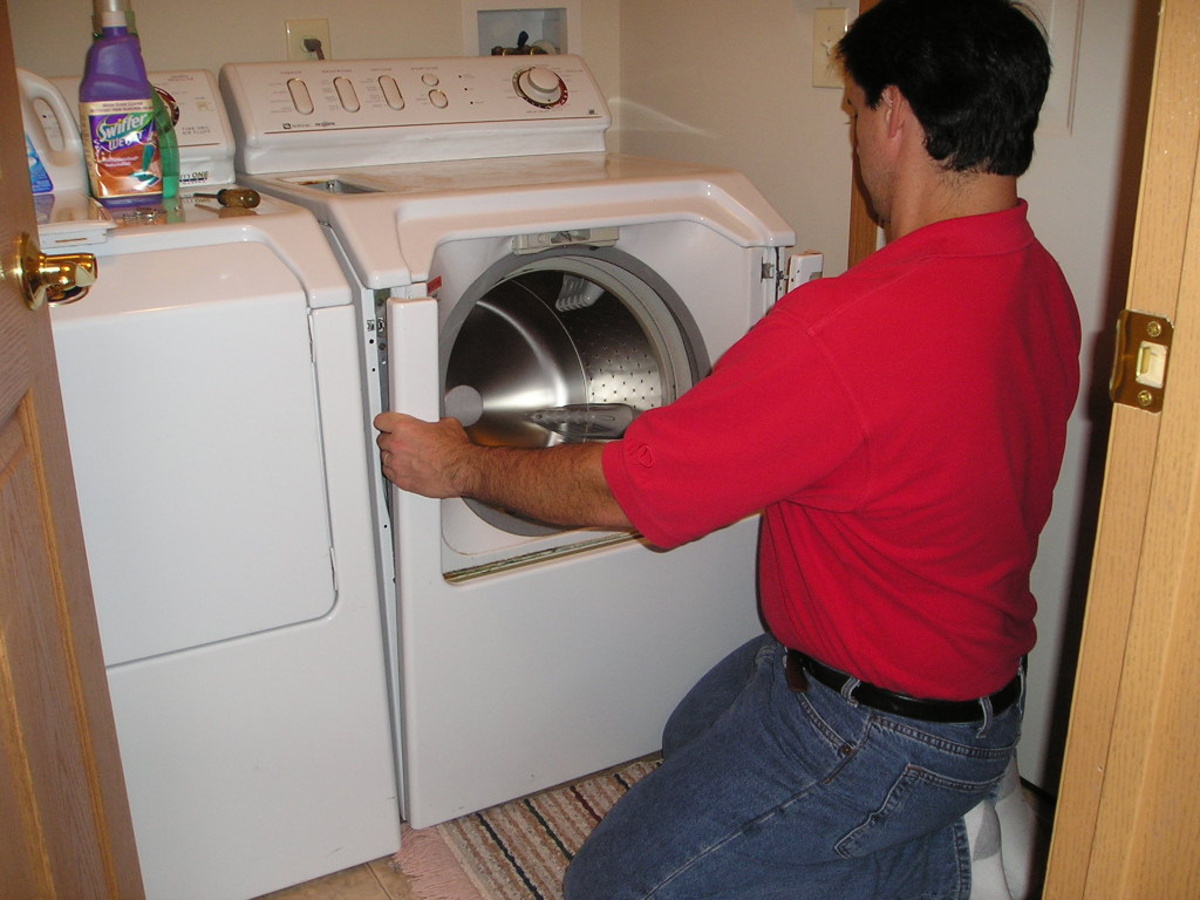


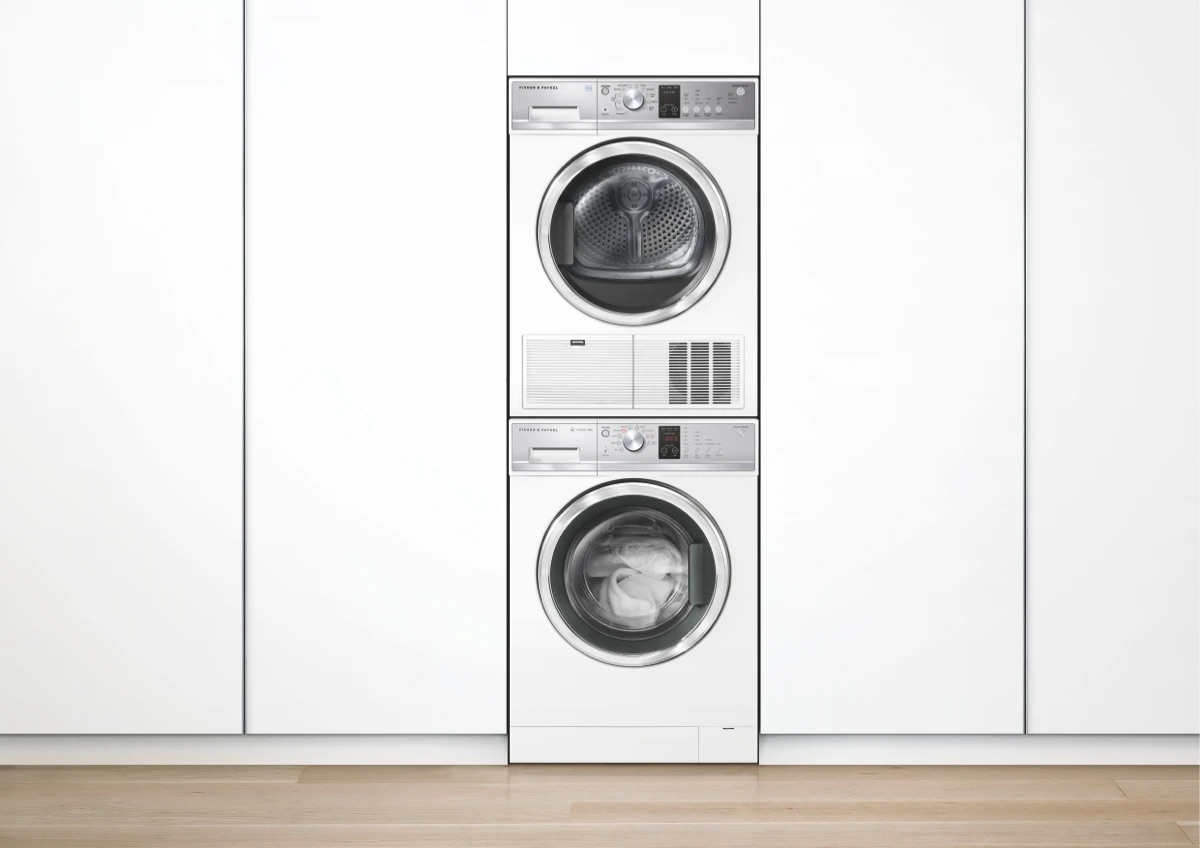
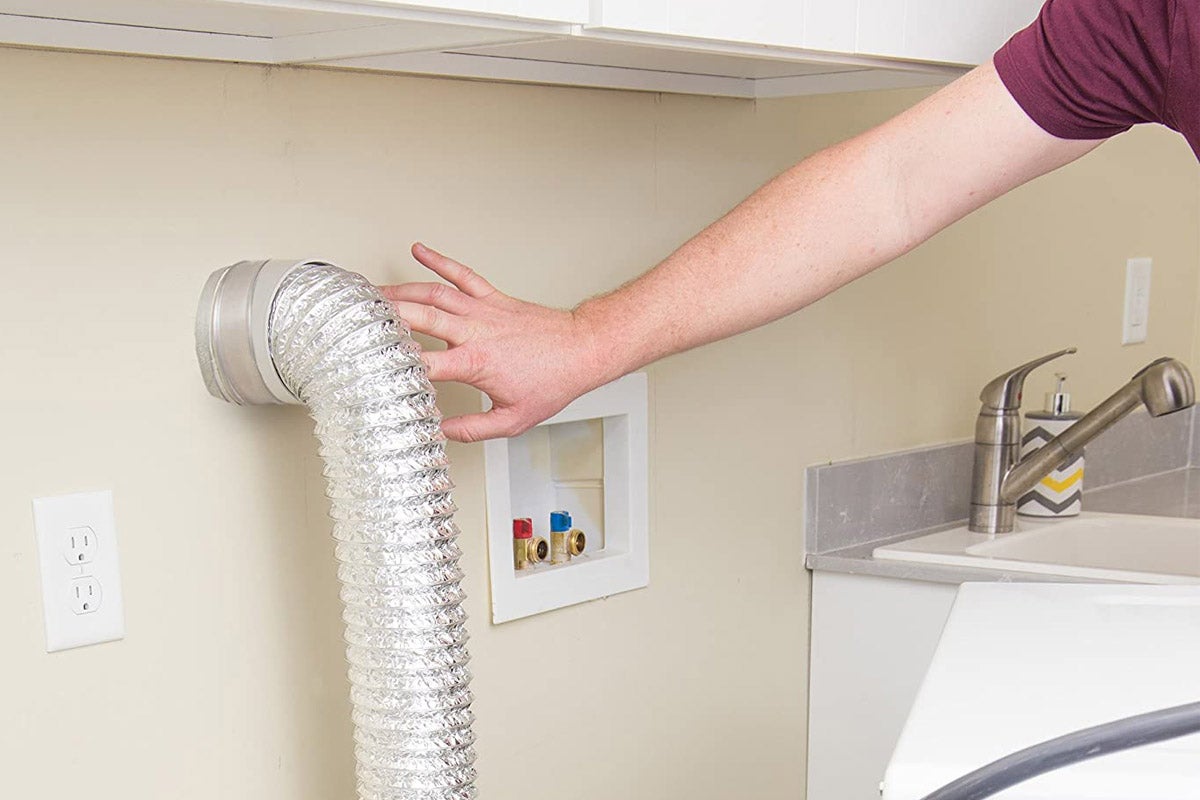
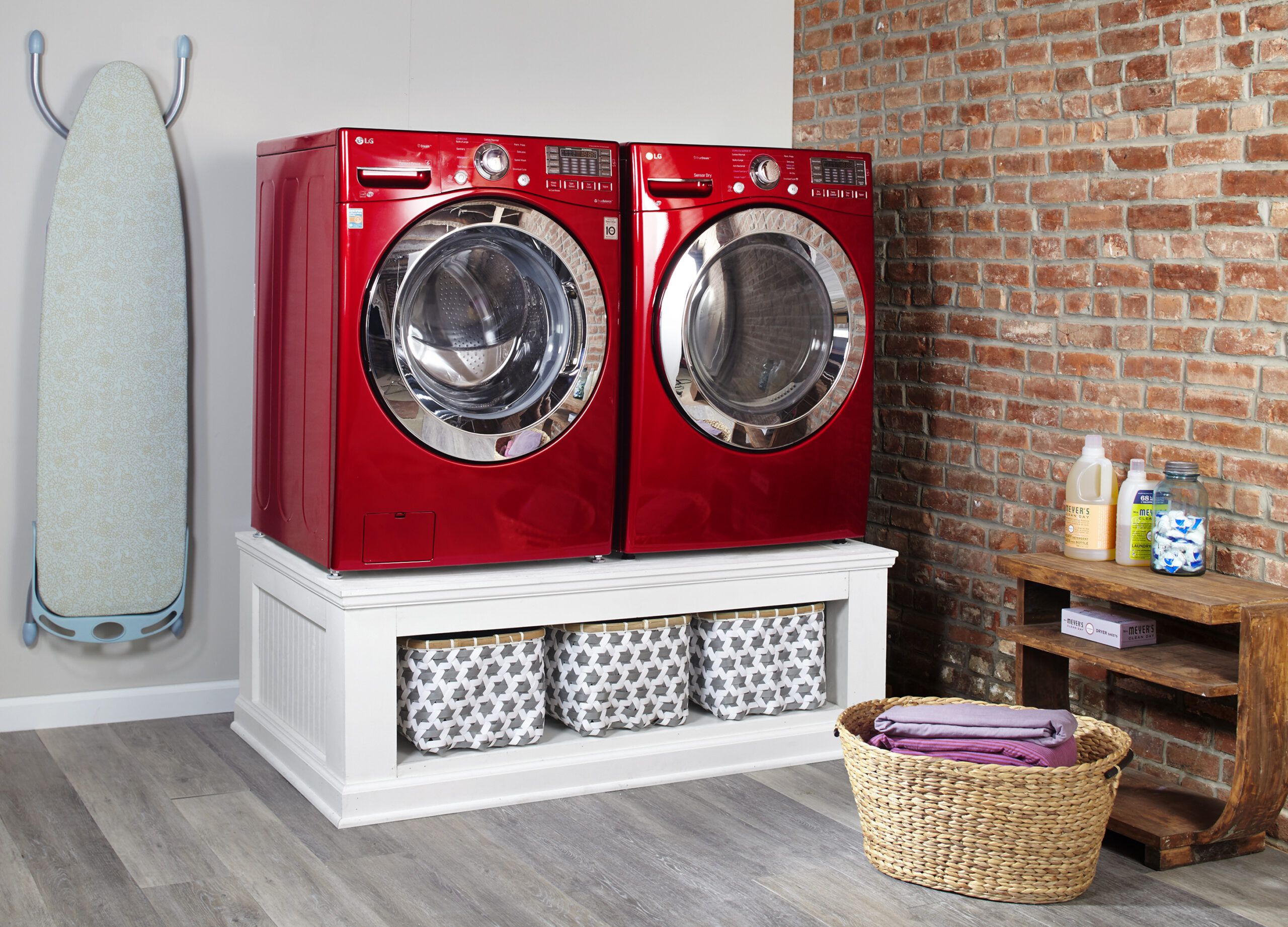
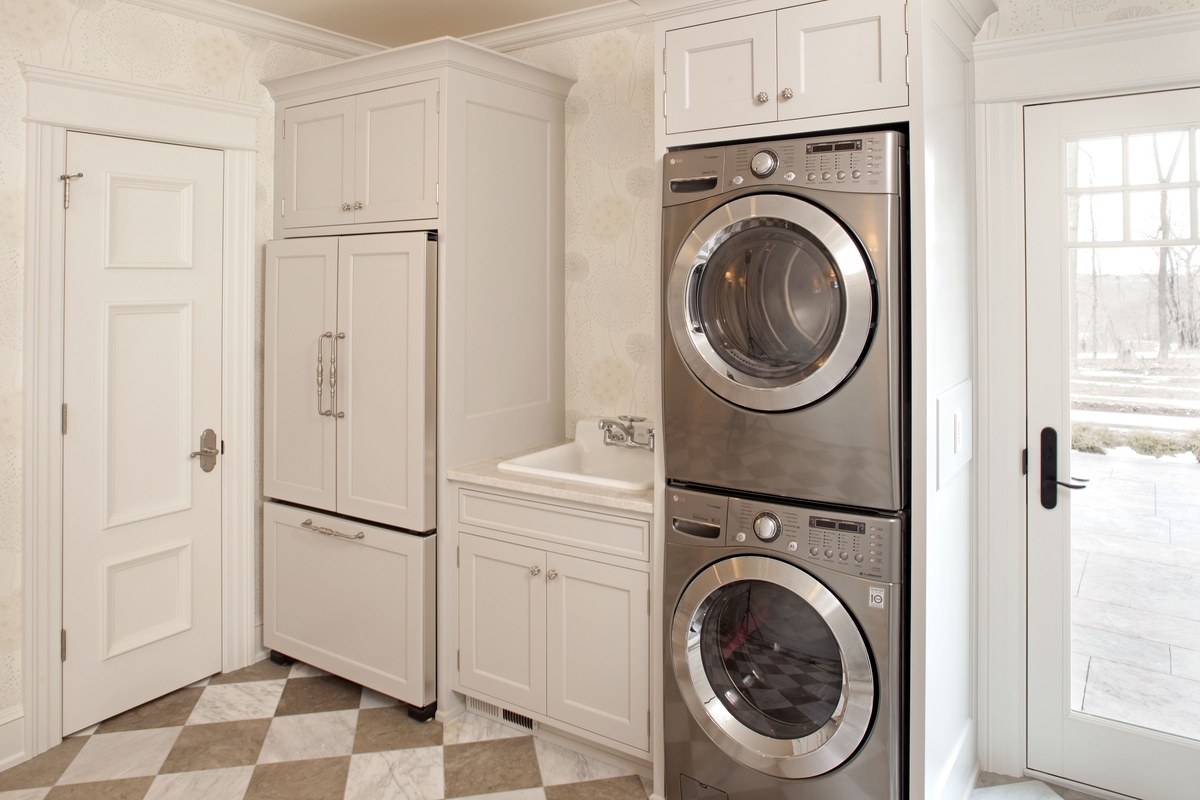

0 thoughts on “How To Store Washer And Dryer”